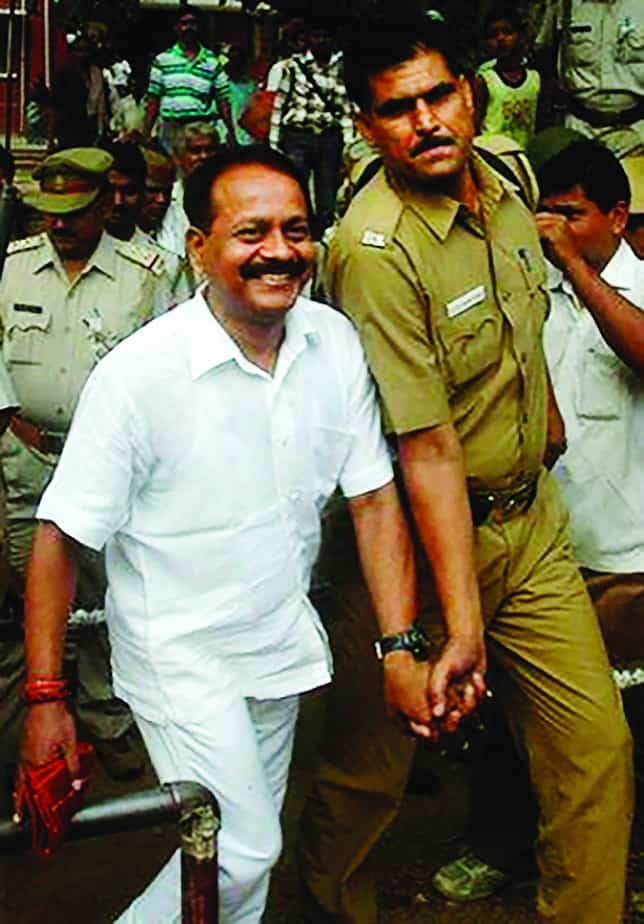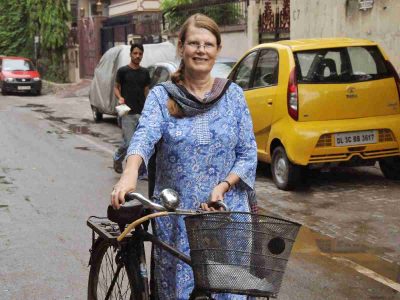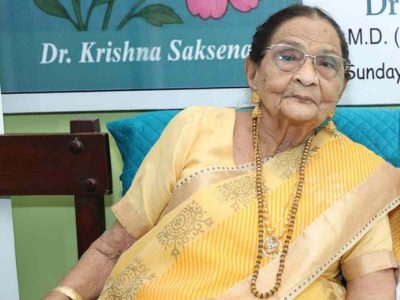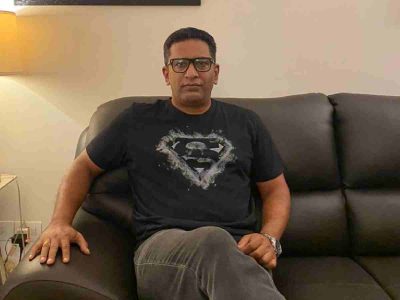The killing of Munna Bajrangi inside Baghpat jail by another incarcerated gangster may have been a political settlement of sorts
Ever since the Yogi Adityanath government started hunting down gangsters in various parts of Uttar Pradesh (UP), many of the absconding gangsters made a beeline to surrender, fearing they would meet the same fate. For instance, Deepak — wanted for looting bank employees in Shamli — recently surrendered in the Charthawal police station of Muzaffarnagar. Jail is considered a safe haven by dreaded criminal against rival gangs and to bid their time till a ‘favourable’ regime comes to power.
They all got a jolt of their life earlier this week when Prem Prakash Singh, the real name of gangster Munna Bajrangi, was shot dead by another gangster Sunil Rathi inside Baghpat Jail. Just a day before Munna was gunned down, he was shifted from Jhansi jail to Baghpat to present him before a local court in connection with an extortion case for allegedly demanding money from former BSP MLA Lokesh Dixit in 2017.
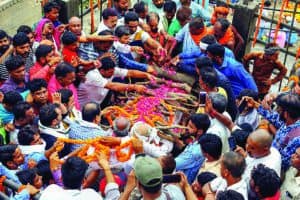
Bajrangi, 51, had a prolific career as a gangster. He was named in at least 24 criminal cases of serious nature, many of them for murder or extortion. This includes the killing of BJP MLA Krishnand Rai in 2005. Munna’s wife, Seema Singh, forewarned the authorities that her husband would be murdered. This premonition, in retrospect, doesn’t seem to be without a reason. “It was a custodial murder and a planned conspiracy hatched by the Uttar Pradesh police and jail officials. Several persons, including a former MP, are behind the murder of my husband,” she alleged in a press meet.
While Seema feared for her husband’s life, Rai’s wife expressed satisfaction at the killing of the alleged killer of her husband in November 2005. In broad daylight in Bhanwarkol area of Ghazipur district, the then BJP MLA Rai, along with six others that included his police gunner, were killed when Munna allegedly sprayed bullets at them with his AK-47 rifle.
The jail authorities, however are finding it difficult to explain: How did a gun make way inside the jail? Chief Minister Yogi Adityanath declared the breach of security a “serious” matter and has already ordered suspension of the jailer, deputy jailer and various other jail functionaries. “Such an incident occurring inside jail premises is a serious matter. Will conduct an in-depth investigation and strict action to be taken against those responsible,” he snapped.
In the meantime, the gangster Sunil Rathi has confessed to police the sequence of events that lead to Munna’s violent demise. Rathi was able to snatch Munna’s gun and pumped 10 bullets into him, three of which pierced his skull. Additional Director General (Law and Order) Anand Kumar said, “As many as 10 used cartridges, two magazines and 22 live cartridges have also been recovered.” Ten empty shells of a .762 bore weapon and some live cartridges were recovered from inside the district jail and the pistol used was found in a drain nearby. If that’s true, the police will have to explain why a gangster under arrest was allowed to travel with a gun with the police party.
The investigations are still at a preliminary stage, but Munna’s killing will surely have political repercussions given the fact that he was close to the gangster-turned-politician Mukhtar Ansari and the two were allegedly involved in slaying the BJP leader, Rai. Flexing of muscle power has become a norm in this part of the country with all the leading political parties naming candidates with criminal backgrounds in the last Assembly elections. Munna too tried his luck in electoral politics, so did his wife Seema, without much success from Jaunpur.
A school dropout, Munna belonged to Poore Dayal village in Jaunpur. He started his career in crime early, being only a teenager in 1982 when he was charged with attempt to murder and loot. He briefly had a government job, worked as a conductor with the UP State Transport Corporation. He conducted a bus between Jaunpur to Mirzapur. A localwho frequently travelled in the bus recollects that Munna would charge full fare but would pocket the money instead of depositing it with the corporation. He was suspended many times but had to be reinstated. Soon, he joined full time the organised crime of Eastern Uttar Pradesh that has contributed dons of the like of Sri Prakash Shukla, Hari Shankar Tiwari, apart from his mentor Mukhtar Ansari.
He had many faceoffs with police and rival gangs but managed to survive. In 1998, an absconder, Bajrangi, suffered serious bullet injuries in a gunbattle that ensued with UP Special Task Force (STF) team in Delhi. In 2004, Bajrangi jumped bail and was on the run for years. Many of the murders carried out by Munna, subsequent investigations revealed, were to settle political rivalry. Ironically, his own killing, the political grapevine speculates, is an outcome of some sort of political settlement.
The half-baked information shared by police makes it seem like a gang war, and not politically driven. Rathi was known to Bajrangi and they allegedly ran separate extortion rackets from behind bars. They seemed to have a congenial relationship, with Rathi calling Munna his “older brother”. Things got ugly allegedly when Munna demanded money from an associate of Rathi and this murder was therefore an outcome of growing hostility between the two.
He got the farewell of a hero. A day after his murder, Munna was cremated by his 14-year-old son at the Manikarnika Ghat amidst tight security with hundreds thronging the street of Varanasi. But the controversy surrounding his murder refuses to die.
One thing is for sure: No place is safe for gangsters in the Yogi regime, not even jail.

